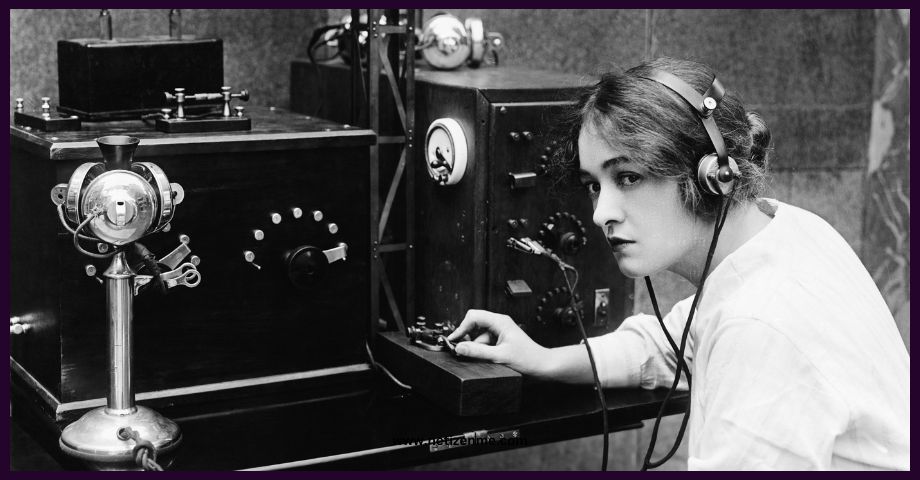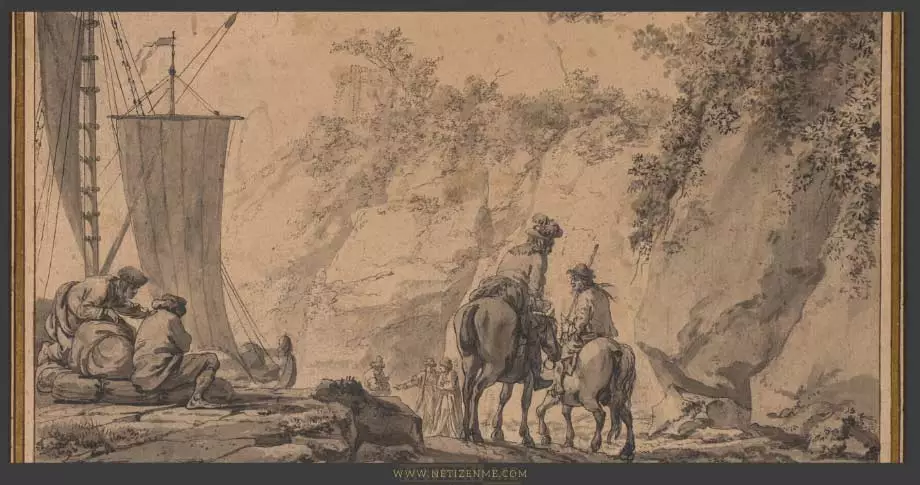Humans have been striving to communicate across large distances for a very, very long time. If you were living in the 1850s or are an amateur radio operator now, that is a form of Morse code. In the past, this method of communication was crucial to maintaining global trade.
When Morse invented the first encryption code, it resembled the semaphore telegraphs that were in use at the time. It included entering the words into a codebook and assigning three- or four-digit numbers to each word. The transmitting operator converted words into these sets of numbers. The receiving operator converted them back to words using this codebook. Morse spent several months creating this coding dictionary.
It was used to disseminate public messages across large areas throughout the World Wars. Mail may be sent across continents with it. Texting was invented somewhat before Morse coding. In this article, we look closely at the history and workings of the Morse Code.
What is the Morse Code, and how does the Morse Code work?
Two different codes are referred to as Morse codes. Morse Code uses dots, dashes, and spaces to represent alphabetic characters, numerals, and punctuation. The codes can be sent as similar mechanical or optical signals or as electrical pulses of different lengths. The first code, referred to as the “American” Morse Code, and the second, the more widely used International Morse Code, are the two codes.
Every letter in the International Morse Code is represented by a unique configuration of dots and short dashes. The International Morse Code substitutes constant-length dashes for the variable-length dashes used in the original Morse Code. As an example, the universal distress signal “SOS” is written as three dots, three dashes, and three dots, where three dots represent the letter “S” and three dashes represent the letter “O.”
The History and Significance of Morse Code
Scientists and engineers were only beginning to develop electrical communication techniques in the early 1800s. In 1836, Samuel Morse, Joseph Henry, and Alfred Vail created the electrical telegraph system. The system was the first to enable communication over large distances. One issue was that it could only send electrical pulses to another device.
You were thus unable to have a voice or text conversation. As a result, new channels of communication were required. Morse code had a significant impact on communication history, and this impact is still evident today. Emergency services and the military still rely heavily on Morse code as a backup communication system
It is still utilized in modern communication, despite being used less frequently than it formerly was. For example, amateur radio operators continue to use Morse code for communication. This code is still used in several military and emergency services training programs.
The discussion has changed significantly as a result of the use of a Morse code translator. It has some advantages that can make it an alluring choice in particular circumstances. Morse code allows for more precise and rapid communication. Users are able to send information accurately and quickly.
It is possible to communicate remotely using Morse code. It is the ideal option when more conventional means of communication are not accessible or are unstable. The ability to communicate in Morse code in an emergency could potentially save lives.
The Man Who Invented Morse Code:
Global technological progress was sparked by the development of Morse code. The telephone, radio broadcasts, and ultimately the gadget you’re reading about were developed after the telegraph.
In the 1830s, American inventor and artist Samuel F.B. Morse developed one of the Morse code systems for use in electrical telegraphy within the country. An international conference of European nations created a variant known as the International Morse Code in 1851 to handle letters with diacritical markings.
A Few Applications For Morse Code
Originally, messages were sent by using telegraph machines to mark sheets of tape. Eventually, telegraph operators figured out how to translate the dashes and dots, so tape was no longer necessary. As a result, Morse code is taught as an aural language rather than as a written language of symbols. There are many uses for Morse code that humans have had in the past and even now. Here are a handful of the uses:
Communication in an emergency
An effective means of communicating in emergency situations is using Morse code. Compared to other common voice communication tools, ham radio transmitters require less power and bandwidth to broadcast such messages. Only those who are proficient in programming will be able to understand these messages. It is a useful instrument for private correspondence.
Enhancement of intellect

There are fewer professional uses for Morse code. However, mastering it can greatly enhance your intellectual life. You can engage in a mental exercise that could improve your ability to pick up other practical skills by setting a challenge for yourself to learn the code.
Personal accomplishment
Regardless of its applicability, learning new things might make you feel more accomplished and confident in your skills. In light of this, mastering Morse code can boost your confidence generally and aid you in various spheres of your life.
Is Morse code still in use?
Even though it is not as commonly utilized as it once was, Morse Code is still widely understood. Among fans of amateur radio, it remains popular. It is no longer necessary to be proficient in the code in order to have an amateur radio license.
Most people who use Morse code are in the aviation and aeronautical industries. Signal lamps are still used by the US Navy and Coast Guard for Morse Code communication.
People with impairments have also utilized Morse code as a substitute means of communication. People have been able to communicate in Morse code with their eyelids by representing the dots and dashes with a sequence of long, rapid blinks.
Bottom Line
It may seem archaic in an era of instant texting and fast internet to use Morse Code. Its long history and continued importance as a communication system, however, cannot be overstated. The human need to connect, ingenuity, and resilience are all represented by the Morse Code. In the annals of communication history, it is an intriguing episode.




